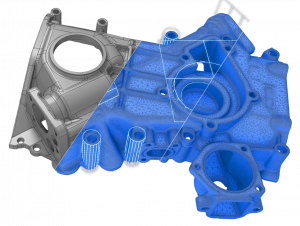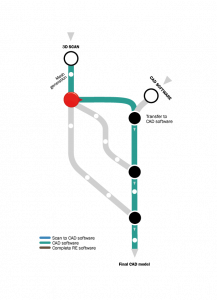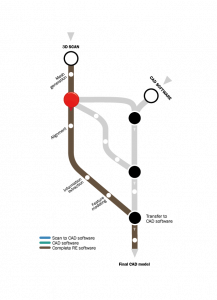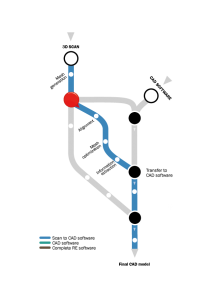November 11, 2024
Mining engineering firm opens new service segment thanks to 3D scanners See the articleCAD software are key elements for companies’ product lifecycle management to shorten time to market, get better product quality, and lower cost. Without them, product development would be a lot harder and the processes, much longer. 3D scanning gives you the opportunity to generate accurate CAD model files of physical objects in a quick and easy way. Portable 3D scanners are now a must-have since it prevents engineers from having to go old school to obtain competitors or even their own products’ CAD files. They can start from that scanned file and use different software to develop and test new products.
To go from 3D scans to CAD, designers can choose between three workflows: CAD software, complete reverse engineering (RE) software, and scan to CAD software. Each offers both pros and cons as listed hereunder. The best option will depend on the designer’s specific needs, frequency of use, and allocated budget. However, in all cases, the importance is to ensure designers have access to accurate 3D object measurements.
CAD software
This workflow takes place entirely in CAD software, such as SolidWorks, AutoCAD, Inventor and CATIA, where the .stl CAD file is imported and the mesh is cleaned out and aligned. Once the scan is clean and aligned, measurements and features are extracted. Feature modeling can now begin to obtain the final CAD model.
Complete reverse engineering software
This workflow starts using tools for reverse engineering, where the mesh is created, edited, and aligned. Once the scan is clean and aligned with the desired coordinate system, dimensional properties are extracted. CAD operations—feature modeling—are performed in reverse engineering software before transferring the solid model to CAD software and obtaining the final CAD model.
However, CAD and RE software might have compatibility problems, and the history tree transfer might not be as smooth as expected.
It is more expensive than other software.
Designers, often very skilled and knowledgeable with CAD software, must learn how to use new software with different features.
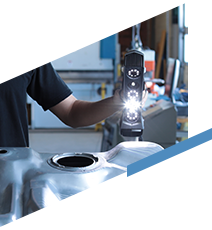
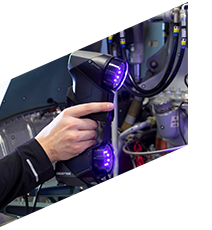
Curious about how 3d scanning could help you with reverse engineering?
Scan to CAD bridge software
After the mesh has been generated, aligned, and optimized, dimensional properties are extracted through geometrical entities, cross-sections, and surface patches (for free-form shapes). Then, these entities can be transferred to CAD software and used as reference data on which feature modeling will be based. A last step of validation—comparing the resulting CAD model to the mesh—completes this workflow and results in the final CAD model.

